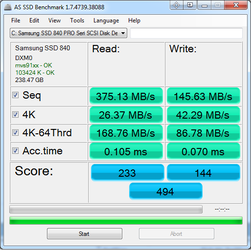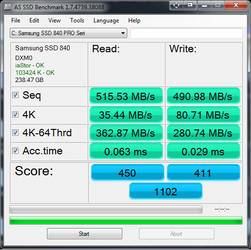- Joined
- Feb 18, 2002
You can't clone a running OS.
You would have to reboot into OS 2 to clone OS 1 and vice versa. Or of course boot from CD/USB.
Symantec System Recovery (it replaced Norton Ghost), Acronis, TeraByte Image are also alternatives.
You would have to reboot into OS 2 to clone OS 1 and vice versa. Or of course boot from CD/USB.
Symantec System Recovery (it replaced Norton Ghost), Acronis, TeraByte Image are also alternatives.


